I stumbled over this topic because Nikki1415 mentioned it in relation to her gorgeous OEC target ring. I have heard of fluorescence but not phosphorescence before. Doing a bit of research I came across this article about the (blue) Hope diamond: https://www.sciencedaily.com/releases/2008/01/080104145404.htm. It states: "Other colors of diamonds do not phosphoresce, but fluoresce, emitting visible light only as long as they are stimulated with ultraviolet radiation. Blue diamonds that phosphoresce emit light even after the ultraviolet lamp is turned off. Unlike the Hope, however, most blue diamonds produce a bluish light rather than reddish light."
However, I came across some examples in this forum of (non blue) diamonds that have the effect of phosphorescence as well. And checking my strong blue fluorescence diamond it turns out it has it too (other with fluorescence don't). I'm rather confused now...
And this: https://www.capetowndiamondmuseum.o...cent-diamonds-help-identify-fakes-and-frauds/
It is talking of type IIb diamonds (blue) having phosphorescent. But then - as I now see - some diamonds with a strong fluorescence have phosphorescence as well and glow on in the dark. Is this just another form of phosphorescence compared to the one in type IIb diamonds?
However, I came across some examples in this forum of (non blue) diamonds that have the effect of phosphorescence as well. And checking my strong blue fluorescence diamond it turns out it has it too (other with fluorescence don't). I'm rather confused now...
And this: https://www.capetowndiamondmuseum.o...cent-diamonds-help-identify-fakes-and-frauds/
It is talking of type IIb diamonds (blue) having phosphorescent. But then - as I now see - some diamonds with a strong fluorescence have phosphorescence as well and glow on in the dark. Is this just another form of phosphorescence compared to the one in type IIb diamonds?
Last edited:


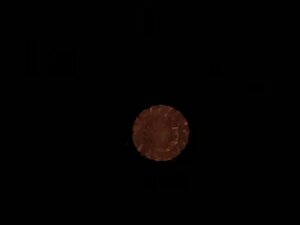
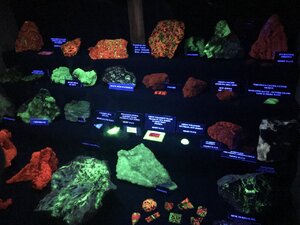
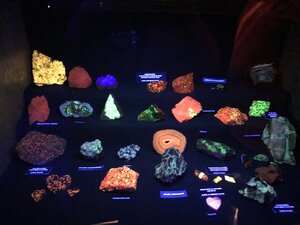
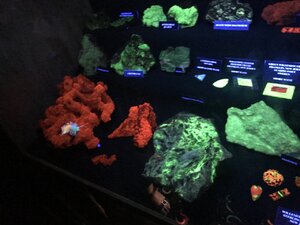
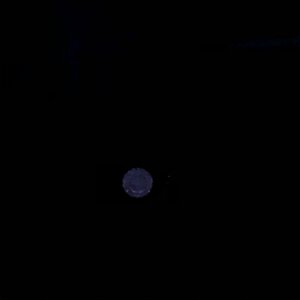


300x240.png)